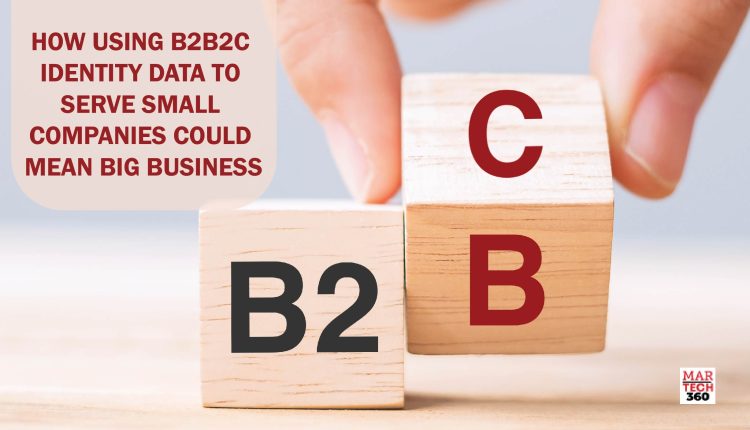We’ve all seen the statistics. Starting a business is no easy feat. 1 in 5 small businesses shuts its doors within the first two years, and only half of them go beyond 5 years. But despite what feels like an uphill battle for entrepreneurs, they know the prize is worth the fight. It’s also these small businesses that present a unique opportunity to B2B organizations thanks to their ability to experience rapid growth by adding employees, locations, and revenue in a short period of time.
Today’s most powerful brands – from Apple to Nike to Geico – all started as small businesses before they made it big. With the U.S. Small Business Administration reporting that 99.7% of all businesses are small businesses and the fastest growing ones are those with 50 or fewer employees, successfully serving small companies before they explode is key for B2B companies looking to establish profitable, long-term relationships.
But how can B2B brands not only identify and gain insight into small and micro-businesses as they grow, but also the individuals driving those businesses forward?
Unlocking at 360-degree View
Building competitive products, engaging effectively with prospects, and working collaboratively across your organization in real-time becomes even more challenging when you are working with an incomplete view of your customers and prospects. Whether it’s the need for capital, coverage or computers, B2B buyers expect their needs to be met the same way they are met in the consumer world – which means ‘right now’ in the digital-first environment that exists today.
Also Read: How Can Next-Gen Digital Customer Experience Make Or Break Your Brand
Identity data is often assumed to only be a tool for B2C targeting, so for B2B brands relying solely on basic firmographic data – or even simple consumer demographics – it can feel like painting in black and white. However, data-driven B2B organizations today can leverage identity solutions such as B2B2C linkage data that combines consumer and business insights in order to understand their customers and prospects not just as professionals but also as people.
Linking an individual’s personal profile at home to their professional profile at work by combining consumer and business data with validated analytics creates a more robust view of their complete identity. By leveraging data that goes beyond traditional firmographics – like job title or company industry – B2B organizations can begin to shed light on who their prospects are as people and begin to understand the best way to engage with them along their customer journey. This is critically important and presents a unique opportunity because we all know businesses don’t make decisions – people do.
Personal & Professional Data In Action
With B2B2C linkage data, B2B organizations can unlock contextual and predictive insights on not only the organization, but more importantly, the people driving them forward. And this is especially important when it comes to small businesses who are making decisions quickly and evolving rapidly.
With a full 360-degree picture of these individuals – as both professionals and everyday people – B2B brands can tap into powerful use cases like:
- Better Identity Capabilities: B2B2C data can increase match rates and prospect identification thanks to both consumer and business identifiers.
- Personalized Marketing: Going beyond firmographics and examining personal insights, preferences and motivations, marketers can tailor messages to people – not businesses.
- Improved Pricing & Underwriting: Unlocking additional attributes with B2B2C identity linkages provides additional insight to power decisions-based offerings like real-time pricing and underwriting.
- Sophisticated Modeling: By tapping into both business and consumer data points, data science teams can increase the predictive power of their models.
- Cross-Sell Opportunities: The 360-degree view provided by B2B2C data allows organizations with consumer and commercial products to seamlessly identify cross-sell opportunities.
- Real-Time Product Offers: Develop and deliver the right products at the right time for the right customers.
More specifically, B2B2C data that provides a unified view of individuals by linking personal attributes with business attributes can help InsurTech platforms identify cross-sell opportunities between personal and commercial lines in real-time; pharmaceutical companies wanting to better understand individual HCPs; national non-profits wanting to identify individuals who work at companies that match charitable donations; and more.


Comments are closed.